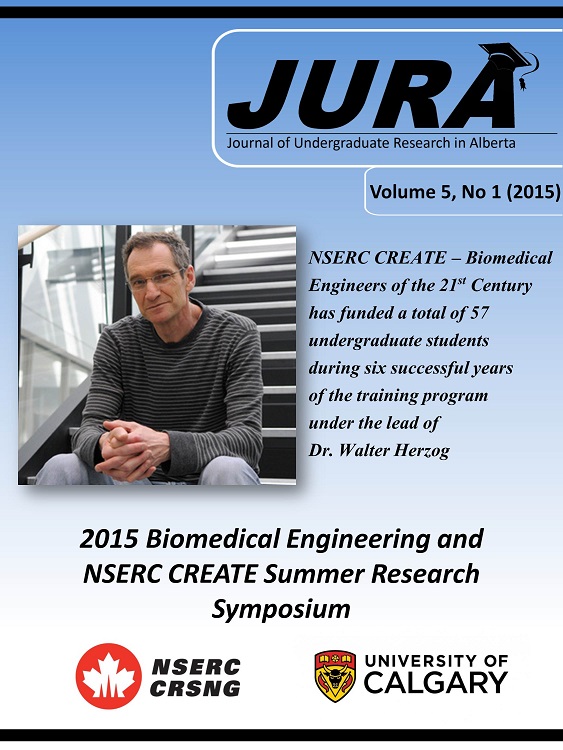PROCESS VALIDATION IN CALCULATING MEDIAN PROXIMITY IN TIBIOFEMORAL CARTILAGE DEFORMATION UNDER FULL BODY LOADING
Keywords:
Dual Fluoroscopy, Tibiofemoral, Cartilage, osteoarthritis, ACL injury, Knee biomechanics,Abstract
INTRODUCTION
Knee osteoarthritis (OA) is characterized by progressive and irreversible degradation of tibiofemoral (TF) cartilages. Anterior cruciate ligament (ACL) rupture is a known risk factor for post-traumatic OA (PTOA) [1]. However, there are currently no in-vivo tests to diagnose pre-radiographic PTOA.
Following injury, the cartilage macromolecular matrix weakens, cartilage swells and consequently cartilage softness increases [2]. This research investigates the in-vivo effects of ACL injury on cartilage deformation magnitude and rate under full body loading. The objective of this project was to determine the consequences of cartilage model mesh types and incremental mesh simplifications on the accuracy of resultant TF cartilage proximities.
METHODS
The affected knee of a 37 year old male PTOA subject (ACL deficient for 6 years) was imaged using Magnetic Resonance Imaging (FIESTA sequence; 3T GE Discovery 750). 3D TF bone and cartilage models were generated in Amira (VSG, Germany). The subject performed a 10 minute standing task in the Dual Fluoroscopic (DF) laboratory. DF images (32LP/mm) were collected at 6Hz. Bone alignments were reconstructed from DF images using AutoScoper (Brown University, USA) and cartilage models were co-registered. TF cartilage surface proximity was determined as the surface normal distance from each triangular mesh face onto the opposing cartilage. (Matlab, v2014b, The MathWorks, USA).
The effects on surface proximities of three types of triangular cartilage surface meshes, generated in Amira, were analysed: 1) Basic Simplification - reducing face numbers with variable mesh size; 2) Remeshed Surface – isotropic mesh; 3) Iteratively Smoothed Remeshed Surface. Face numbers were reduced at 10% increments from the original surface for each surface type.
RESULTS
Median proximity errors for the Remeshed Surface were consistently smaller than the other mesh types across all four cartilage surface compartments. The medial tibial plateau displayed a rapid increase in error (Figure 1) indicating a high sensitivity to model simplification. This may have been due to its more complex surface geometry. The maximum acceptable error was chosen to match the minimum detectable displacement of 0.05mm for this DF system [3].
DISCUSSION AND CONCLUSIONS
The findings of this investigation identified differences in the error of cartilage surface proximities under loading due to the use of different mesh types and simplifications.
The smoothing technique used by Amira did not consistently converge to a surface and the variable triangle size in Basic Simplification affected the computation of proximity, resulting in unpredictable error spikes in cartilage surface proximity calculations.
The results suggest that surface modeling parameters are surface geometry specific. The limiting case of the medial tibial plateau showed the optimal simplification was 0.594mm triangle mesh side length (40% of the original faces). These results inform ongoing work toward an in-vivo pre-radiographic diagnostic of PTOA.
Downloads
References
Mow & Huiskes. Basic Orthopaedic Biomechanics and Mechano-Biology (3rd Ed), 2005.
Ronsky et al. J Biomech. 48:2181-85, 2015.
Downloads
Published
Issue
Section
License
Authors retain all rights to their research work. Articles may be submitted to and accepted in other journals subsequent to publishing in JURA. Our only condition is that articles cannot be used in another undergraduate journal. Authors must be aware, however, that professional journals may refuse articles submitted or accepted elsewhere—JURA included.


